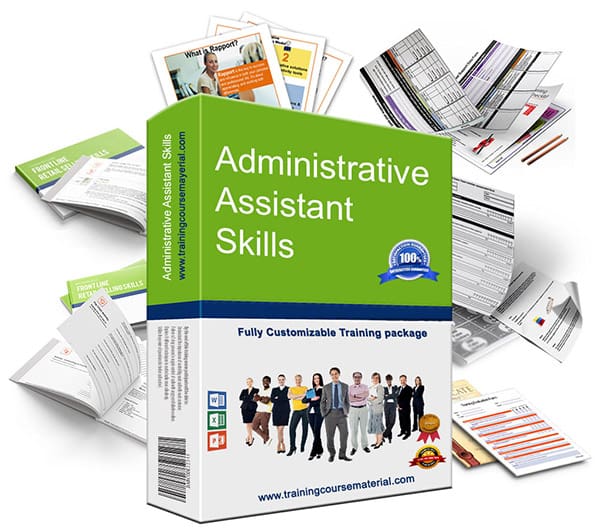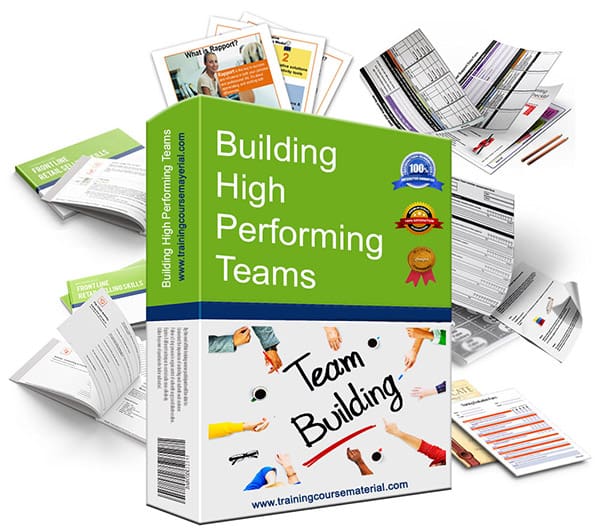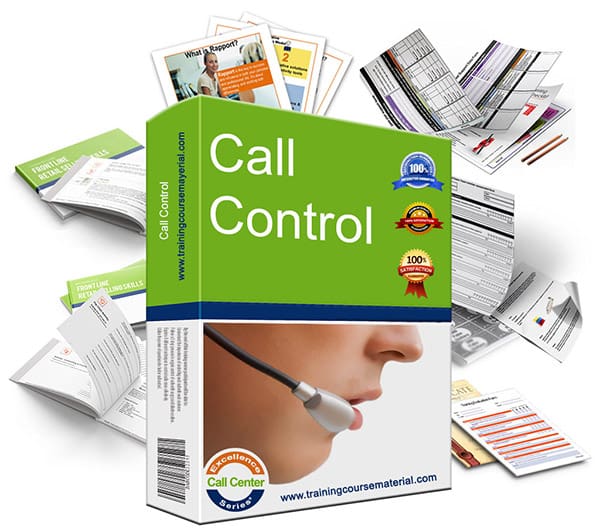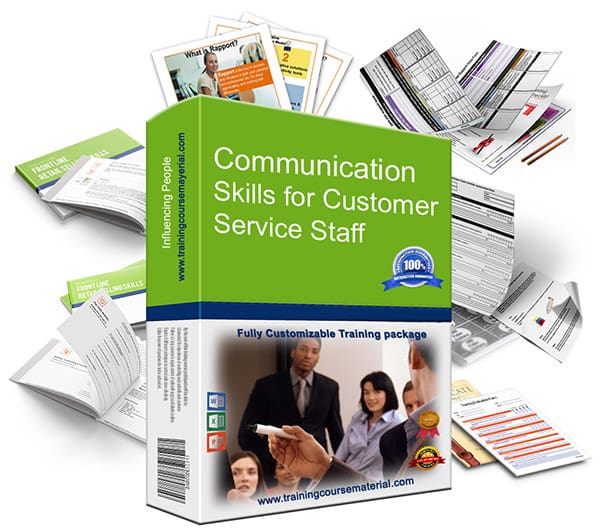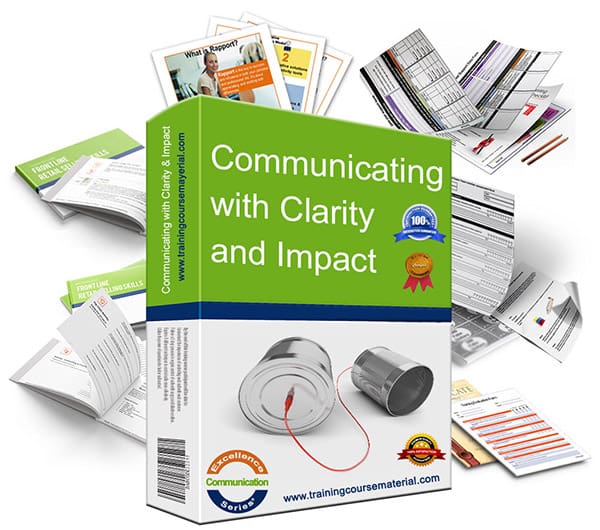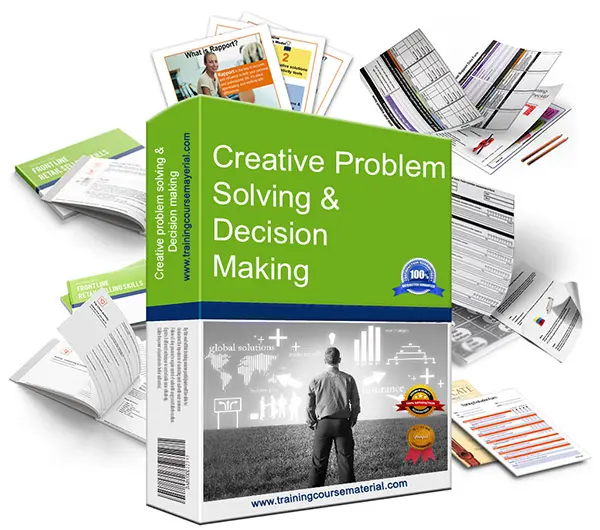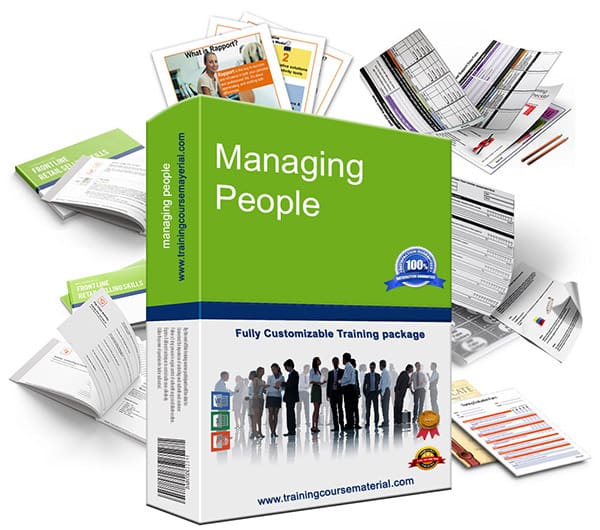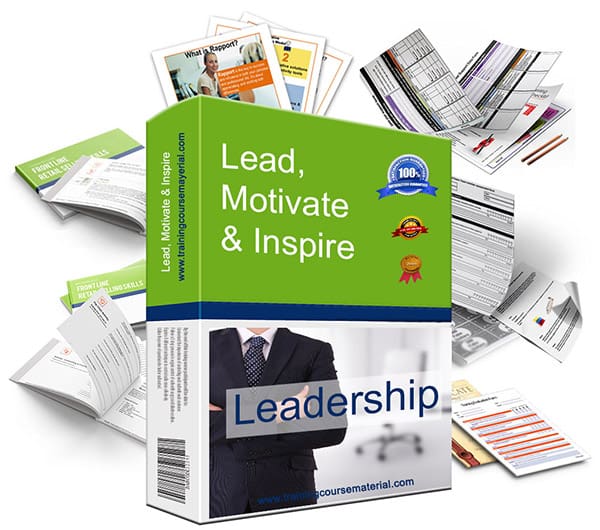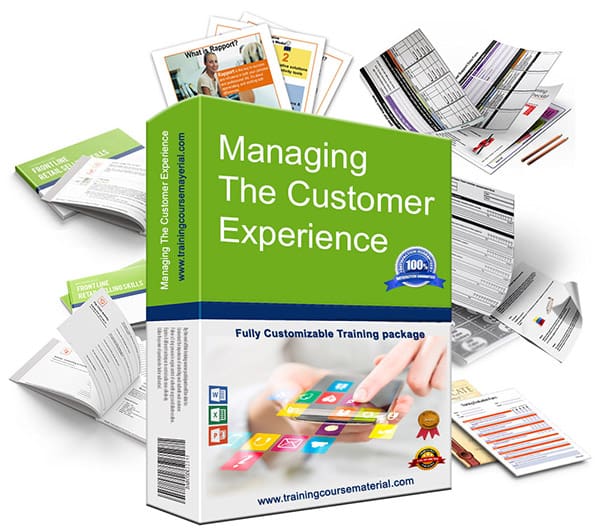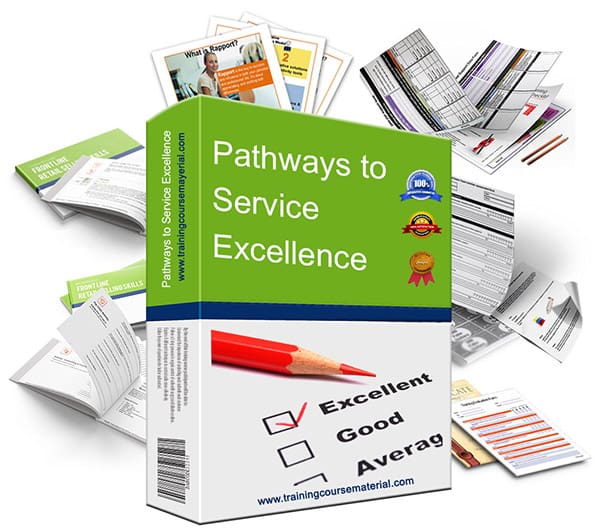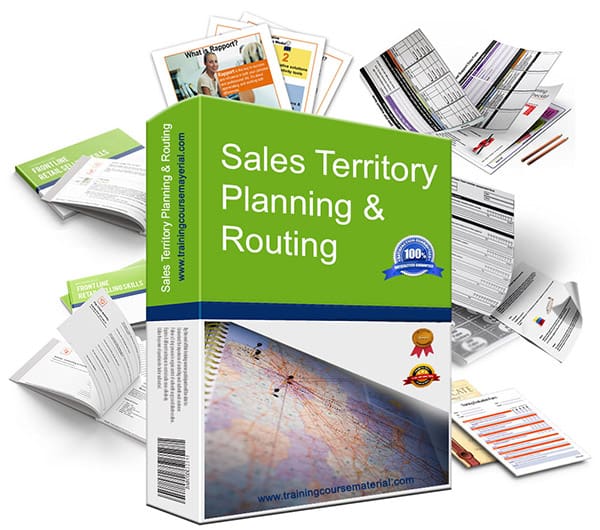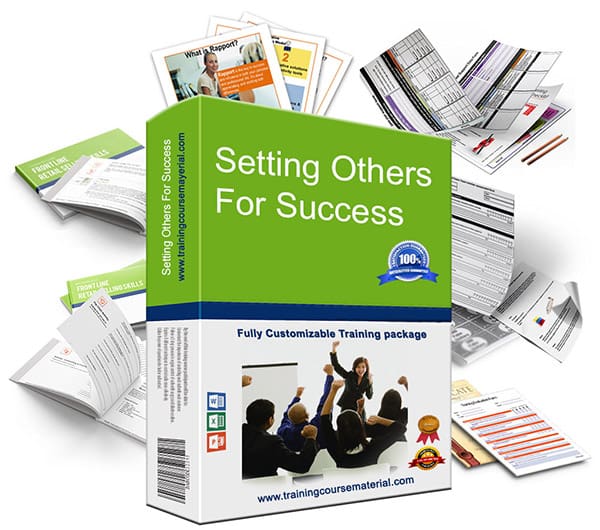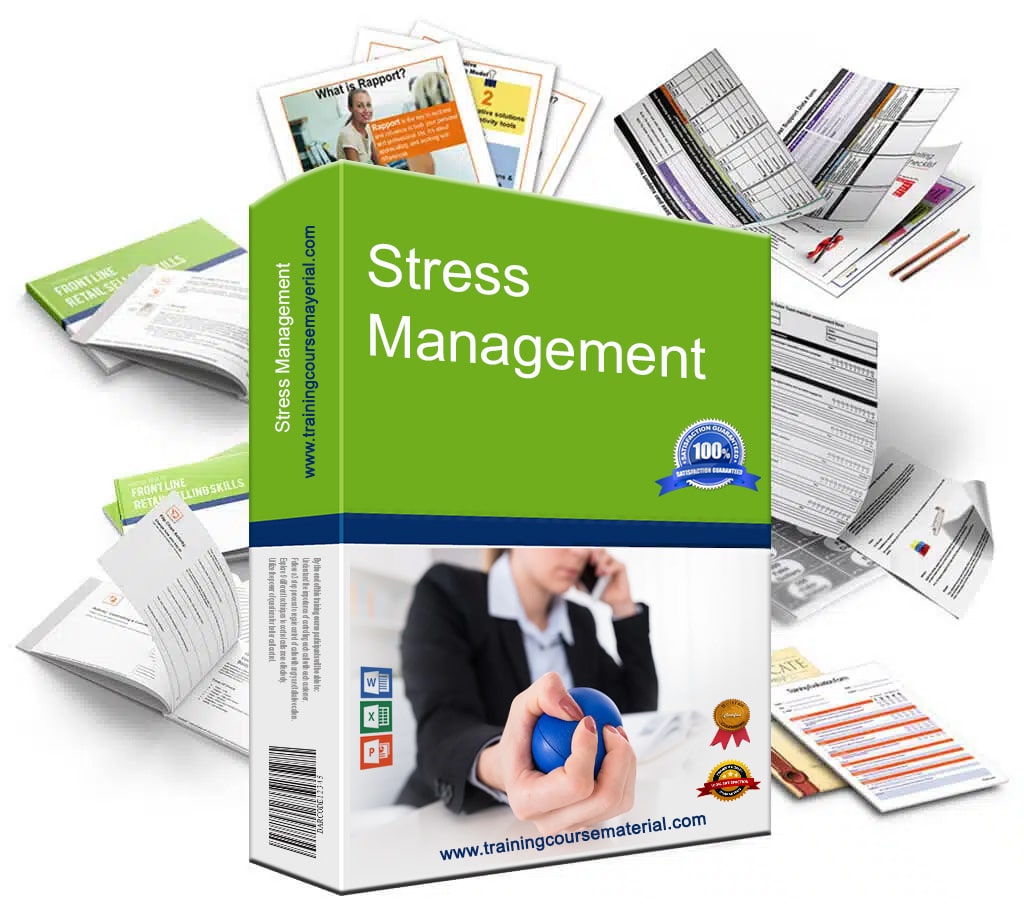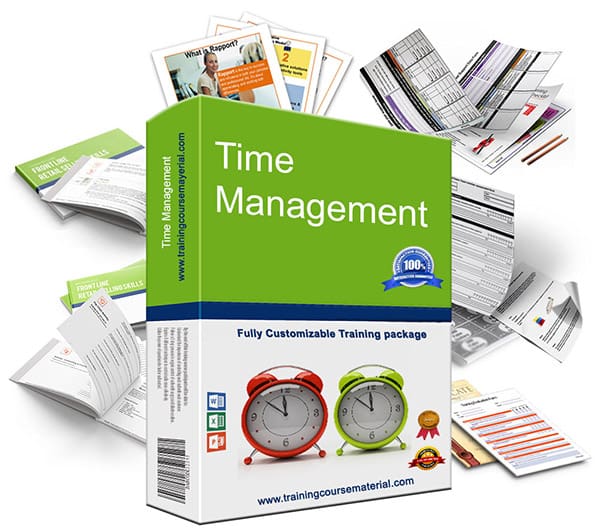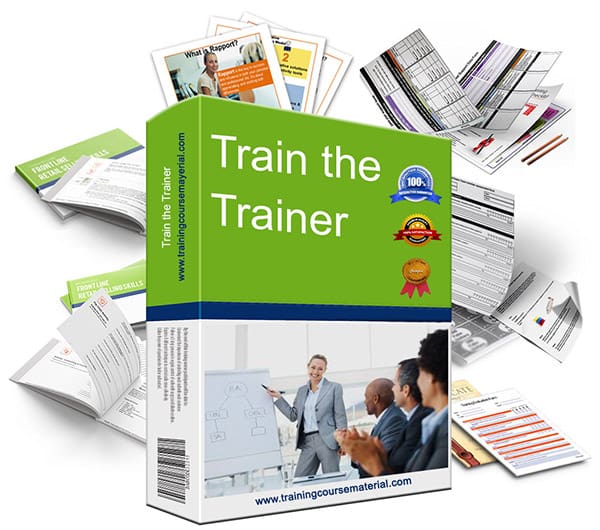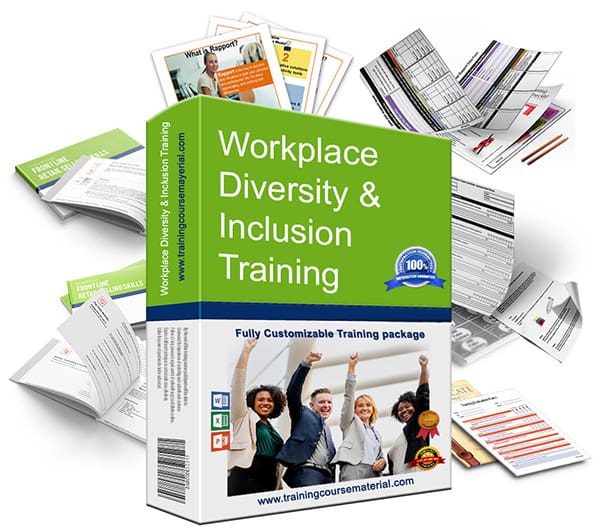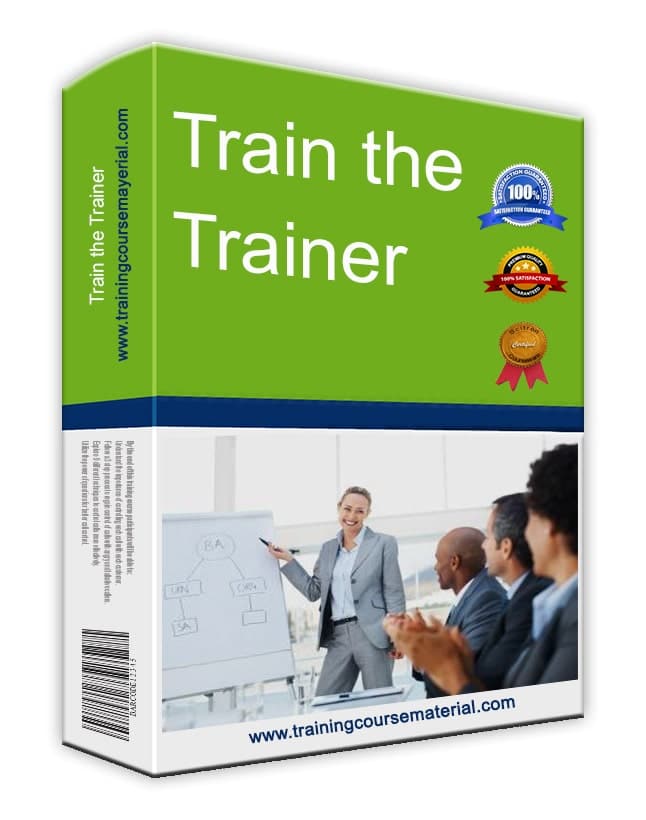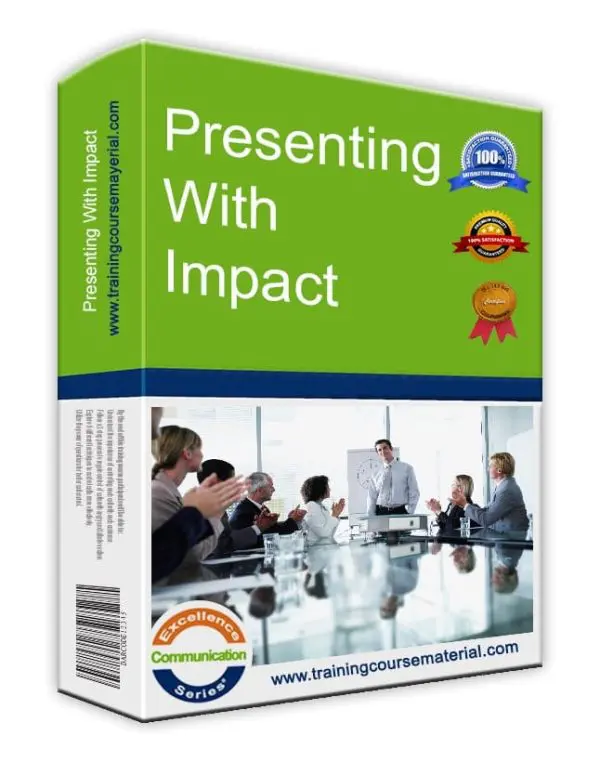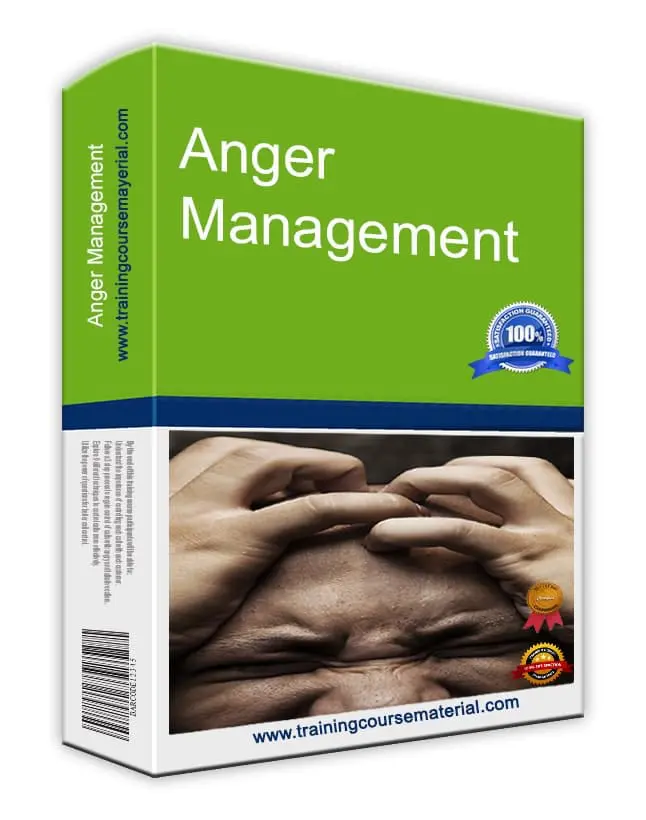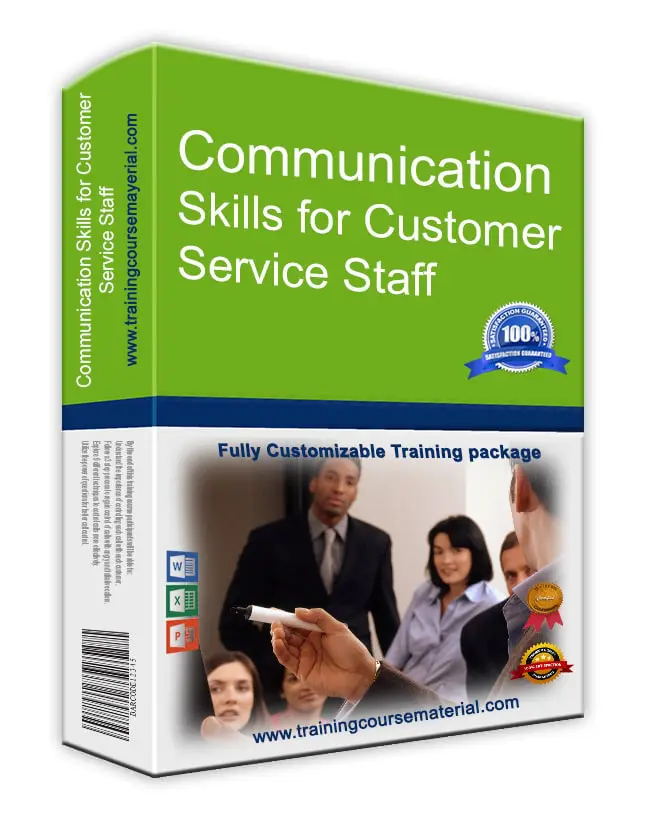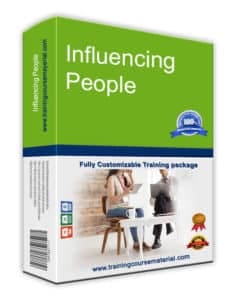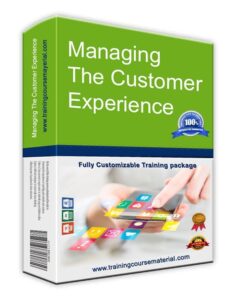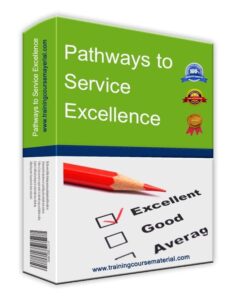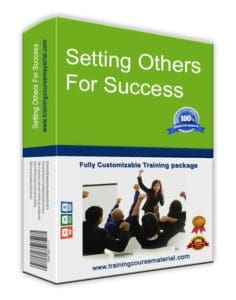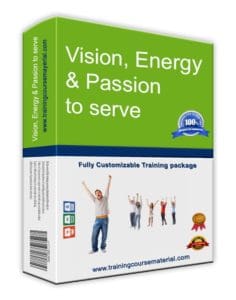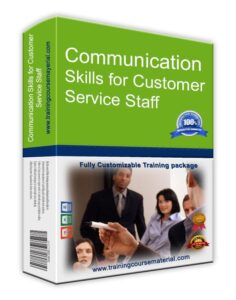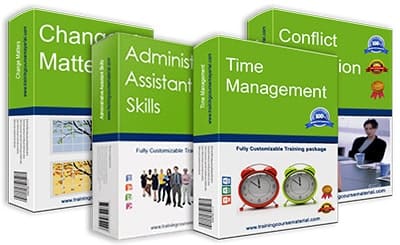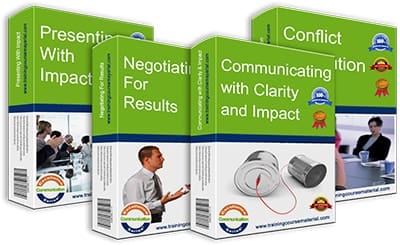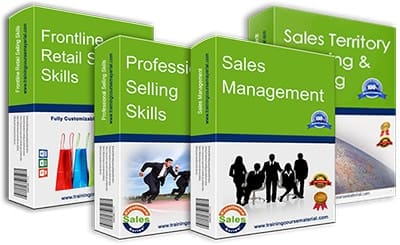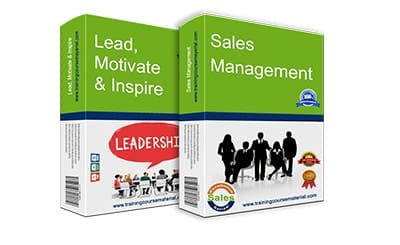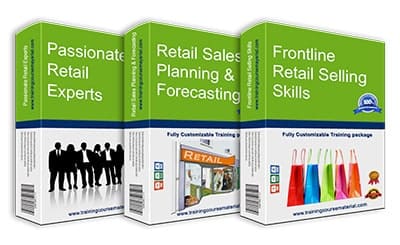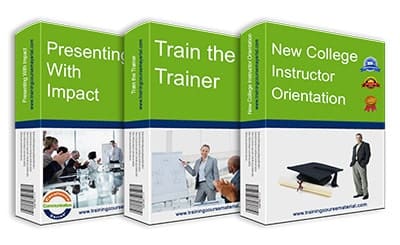Activity 1: Change Impact Mapping
Steps:
Introduction: Explain the importance of identifying the impact of change on different
aspects of the organization.
Select a Change Initiative: Choose a specific change initiative (e.g., implementing a new
software system).
Identify Areas of Impact: Divide participants into groups and have them brainstorm the
various areas within the organization that will be affected by the change (e.g.,
processes, departments, stakeholders).
Create Impact Maps: Each group creates an impact map, visualizing the
interconnectedness of the change’s effects on different areas.
Group Presentation: Each group presents their impact map to the class, discussing
potential challenges and opportunities in managing the change.
Key Learning:
Participants will learn to identify the multifaceted impact of change on an organization
and understand the need to address these impacts strategically.
Activity 2: Change Communication Strategy Development
Steps:
Introduction: Discuss the significance of effective communication during change
initiatives.
Analyze Stakeholders: Identify key stakeholders affected by the change (e.g.,
employees, customers, suppliers).
Stakeholder Needs and Concerns: In pairs or small groups, participants brainstorm
the needs, concerns, and questions of specific stakeholder groups.
Develop Communication Strategies: Based on stakeholder analysis, participants
develop tailored communication strategies for each stakeholder group, focusing on
addressing their needs and concerns.
Strategy Presentation: Each group presents their communication strategies,
explaining how they plan to communicate the change to different stakeholders.
Key Learning:
Participants will learn the importance of personalized communication approaches and
how to develop strategies that address the specific needs and concerns of different
stakeholder groups.
Activity 3: Change Resistance Workshops
Steps:
Introduction: Discuss the common reasons for resistance to change and its impact on
initiatives.
Case Study Analysis: Provide participants with a case study of a change initiative that
faced resistance. Allow them time to read and analyze the case study individually.
Identify Resistance Factors: In small groups, participants discuss and identify the
factors contributing to resistance in the case study.
Resistance Mitigation Strategies: Each group brainstorms strategies to mitigate the
identified resistance factors, considering proactive measures to address concerns.
Group Discussion: Facilitate a group discussion where each group presents their
findings and strategies. Encourage a conversation about the effectiveness of the
proposed strategies.
Key Learning:
Participants will understand the reasons behind resistance to change and learn how to
develop strategies that can effectively address resistance and create a more positive
environment for change initiatives.
Case Study: Managing Resistance to a New Performance Evaluation System
Background: XYZ Corporation is a medium-sized company that has decided to
implement a new performance evaluation system to enhance transparency and fairness
in assessing employee performance. The new system involves continuous feedback,
peer evaluations, and a reduction in reliance on traditional annual reviews. However, the
announcement of this change has triggered resistance from both employees and some
middle managers.
Resistance Factors:
Lack of Understanding: Many employees are unclear about how the new system will
work, leading to skepticism and fear of biased evaluations.
Fear of Accountability: Employees and managers are concerned that the new system
will expose their weaknesses and lead to negative consequences.
Change in Managerial Authority: Middle managers are worried that their role in the
evaluation process will be diminished, affecting their authority over their teams.
Loss of Familiarity: Some employees are accustomed to the old system and resist
changes that require them to adapt to new processes and tools.
Mitigation Strategies:
1. Communication and Transparency:
Develop a comprehensive communication plan to address common misconceptions and
provide clear information about the new system’s benefits.
Conduct town hall meetings or webinars to explain the rationale behind the change and
allow employees to ask questions.
2. Training and Skill Development:
Offer training sessions to help employees and managers understand how the new
system functions and how it benefits them.
Provide resources like tutorials and guides to help employees navigate the new
evaluation tools.
3. Involvement and Participation:
Involve employees in the design and testing of the new system to foster a sense of
ownership and empowerment.
Encourage open forums for employees to share their concerns and suggestions for
improvement.
4. Clear Performance Metrics:
Establish clear performance metrics and expectations to alleviate fears of bias or
arbitrary evaluations.
Emphasize that the new system aims to create a fair and objective evaluation process.
Key Learning:
Participants will learn that resistance to change is a common reaction and can stem
from various factors, including fear, uncertainty, and the loss of familiarity. By addressing
these factors with targeted strategies, such as effective communication, involvement,
and transparent metrics, organizations can reduce resistance and increase the
likelihood of successful change implementation.
Through analyzing this case study, participants will gain insights into real-world
challenges and learn how to develop practical strategies to manage resistance
effectively during change initiatives.
Change Matters – Change Management
There are loads of books and training programs addressing organizational change. The different thing about this training program is that it focuses on personal reactions and emotions and what it actually feels like during a workplace change or a personal change. It provides you with a logical framework to assist you in gaining perspective on the change situation you are facing and its impact and helping you develop insight that will guide you through the transition.
Read more about Change Matters – Change Management


